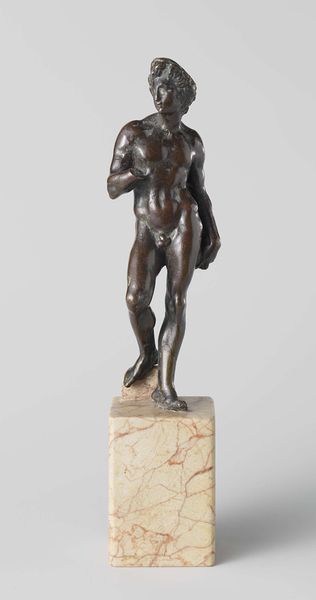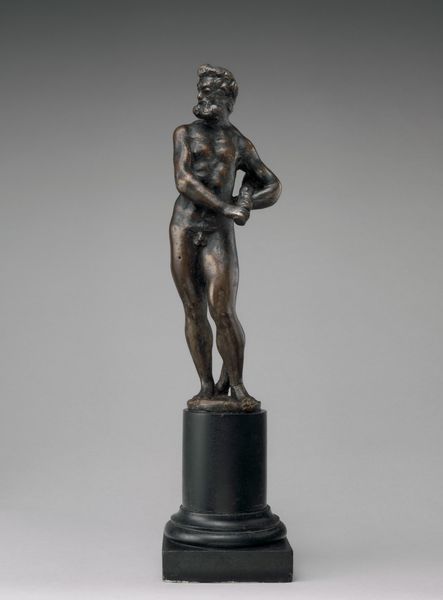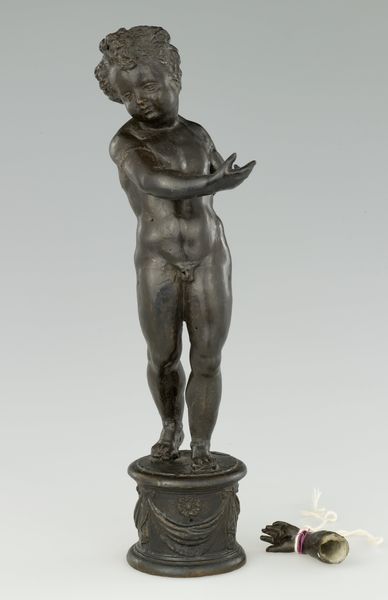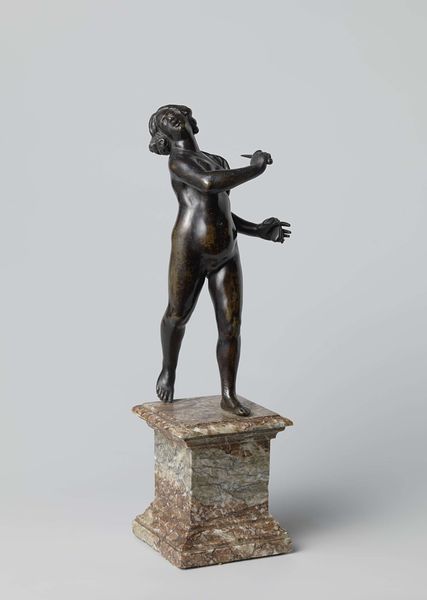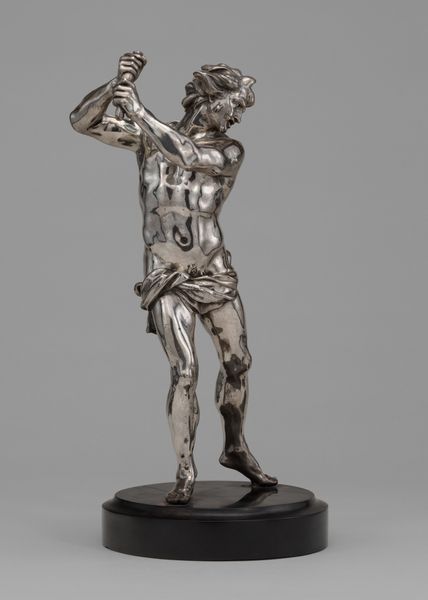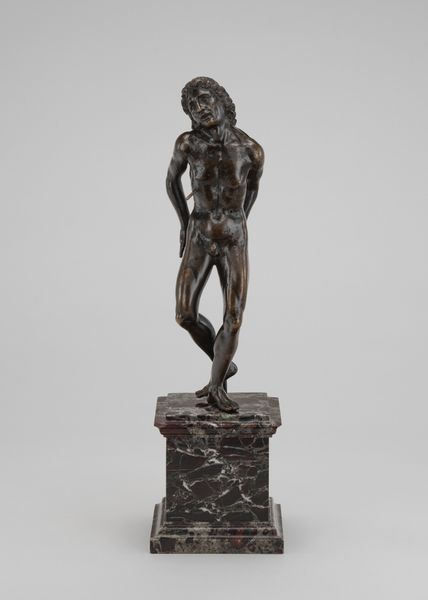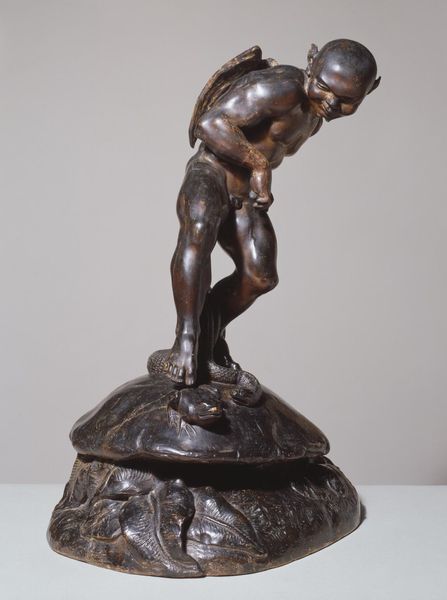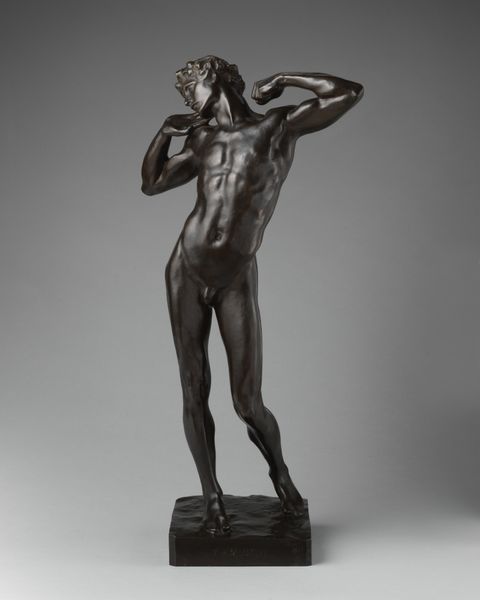
bronze, sculpture
#
portrait
#
baroque
#
sculpture
#
bronze
#
figuration
#
sculpture
#
nude
Copyright: Rijks Museum: Open Domain
François Anguier sculpted this bronze figure of Pluto in seventeenth-century France. Anguier uses the visual codes of classical sculpture to represent the Roman god of the underworld. Such artworks played an important role in the cultural politics of the French court. During this period, the French monarchy, like other European rulers, used art as a tool to enhance its prestige and power. Royal patronage was a key factor in shaping artistic production. Institutions such as the Royal Academy of Painting and Sculpture, founded in 1648, codified artistic standards and promoted a specific aesthetic aligned with the monarchy's agenda. Sculptures of classical gods, like Anguier's Pluto, were used to associate the monarchy with the glory of ancient Rome. Understanding artworks like this requires us to consider the social conditions of their creation. Through archival research, we can uncover the complex interplay between artists, patrons, and institutions that shaped the art world of seventeenth-century France. Ultimately, art's meaning is contingent on its social and institutional context.
Comments
No comments
Be the first to comment and join the conversation on the ultimate creative platform.
